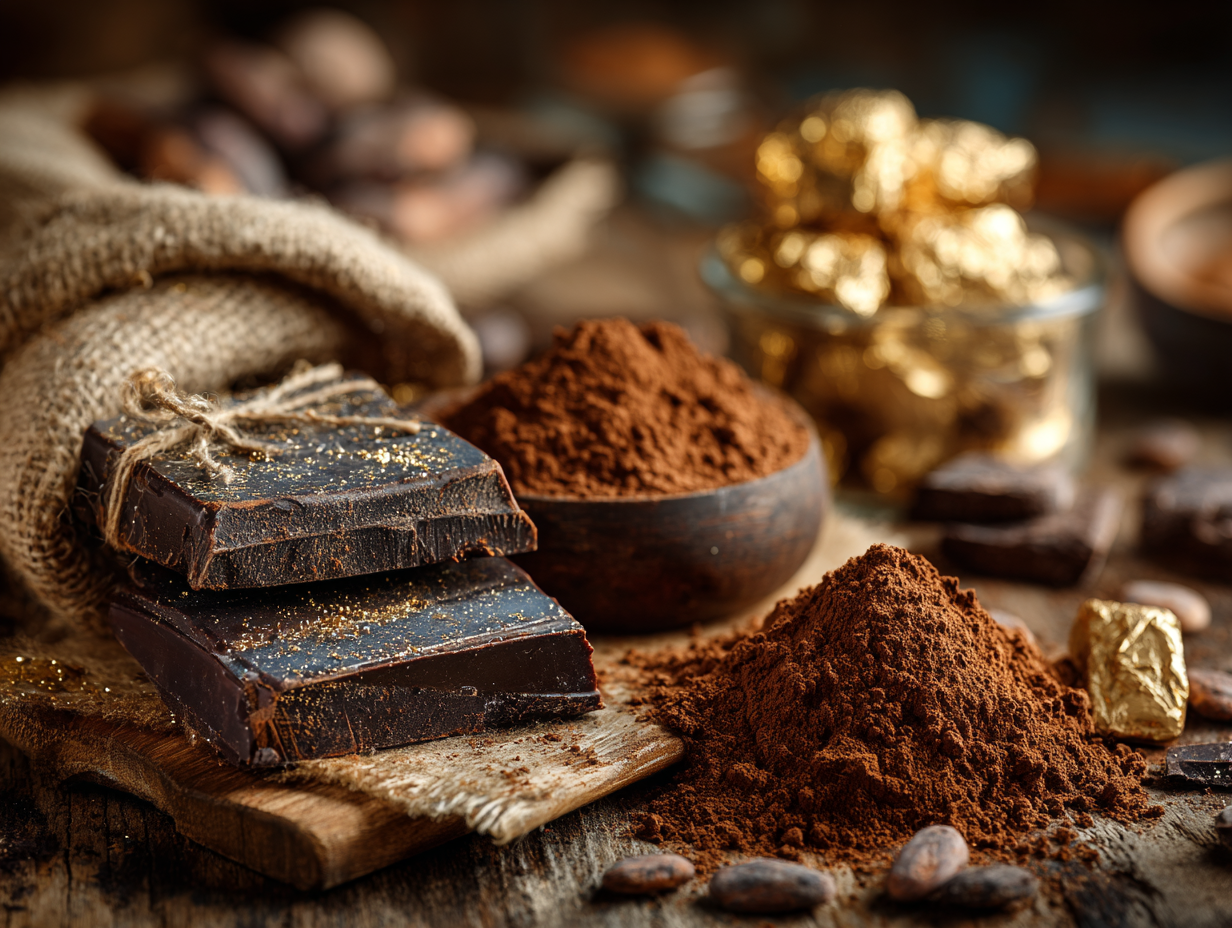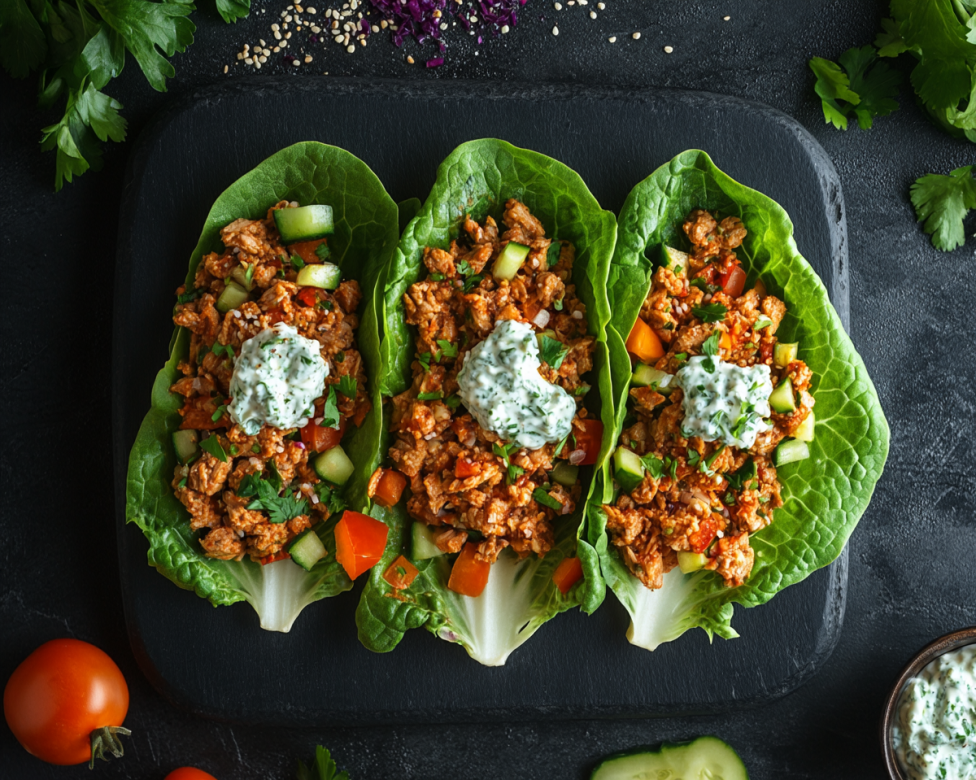Why I Love Dark Chocolate — And Why You Might Too: A Guide to Chocolate’s Health Benefits
I’m not particularly fond of regular chocolate, but I’m a big fan of dark chocolate. There’s something about its rich, slightly bitter taste that appeals to me far more than regular chocolate. Maybe it’s because I don’t like processed sugar, and I know regular chocolates are loaded with it, or it’s because I’ve come to appreciate how something so delicious can also be good for me. Whether you share my preference or lean towards milk chocolate, this article will help you understand the essential health benefits of chocolate — so you can make more intentional choices when indulging.
What Is Chocolate?

At its core, chocolate comes from the cacao bean, the beautiful brown seed of the cacao tree — a name that means “food of the gods.” These beans are harvested, fermented, dried, roasted, and processed into cacao nibs, cocoa mass, and cocoa butter. From there, they are transformed into the familiar bars and powders we know.
The cacao content in chocolate determines its flavor and health properties. All chocolate (except white chocolate) contains some cacao component. The higher the cacao content, the more potential health benefits — and the less room for added sugars and fats.
Dark Chocolate vs. Regular Chocolate: The Key Differences
The main distinction between dark and regular (typically milk) chocolate lies in cacao concentration and added ingredients:
Dark chocolate usually contains 70% or more cacao solids, little to no milk solids, and significantly less sugar. This is why health professionals recommend a minimum of 70% dark chocolate.
Milk chocolate typically contains 10%–50% cacao, with added milk powders and a higher sugar content, which can diminish its health benefits.
White chocolate is not chocolate in the true sense — it contains cocoa butter but no cacao solids, meaning it lacks the antioxidants and flavanols found in dark varieties.
Sugar plays a vital role in the appeal of regular chocolate. While it sweetens and softens the flavor, excessive sugar intake is associated with inflammation, weight gain, and other health issues. That’s why, for health-conscious enjoyment, dark chocolate (with minimal added sugar) is the better choice.
The Power of Flavanols: Chocolate’s Secret Health Hero
The real magic of chocolate lies in its flavanols — natural compounds found in cacao that offer remarkable health benefits:
Antioxidant activity: Flavanols help reduce stress, protecting our cells from damage caused by free radicals.
Heart health: Regular consumption of flavanol-rich dark chocolate improves our blood flow, reduces blood pressure, and enhances vascular function.
Brain function: Flavanols may support cognitive performance by enhancing blood flow to the brain — a particularly valuable benefit as we age.
Anti-inflammatory effects: The compounds in dark chocolate can help modulate inflammation, contributing to overall wellness.
It is important to note that not all chocolate products contain high levels of flavanols. Processing can degrade these compounds, so it’s wise to opt for minimally processed, high-cacao options.
Antioxidants and Beyond: What Chocolate Does for Your Body
Dark chocolate (especially varieties with 70% cacao or more) is rich in:
Polyphenols
Catechins
Theobromine (a mild stimulant that can elevate mood and focus)
These compounds work together to:
Support immune health
Reduce LDL (“bad”) cholesterol oxidation.
Promote skin protection from UV damage.
What to Choose (and What to Avoid)
Choose:
- Dark chocolate with at least 70% cacao — The higher, the better for flavanol content.
- Minimal ingredient bars — Look for chocolate that lists cacao mass, cocoa butter, and a small amount of natural sweetener.
- Organic or fair trade options — Better for both your health and the environment.
Avoid:
- White chocolate — It offers no cacao-derived benefits.
- Highly sweetened milk chocolate or candy-style chocolate bars — Often more sugar and fat than chocolate.
- Chocolates with hydrogenated oils or artificial additives
Beyond the Bar: Creative Ways to Use Cacao Powder
Chocolate’s health benefits aren’t limited to a square of dark chocolate. Cacao powder — unsweetened and minimally processed — is a versatile way to incorporate cacao into your diet. Here are some delicious, nutritious ideas:
Smoothies: Add a tablespoon of cacao powder to your morning smoothie for a chocolatey, antioxidant-rich boost.
Chia pudding: Stir cacao powder into chia seeds, almond milk, and a touch of maple syrup for a decadent yet healthy treat.
Baking: Use cacao powder in muffins, brownies, or energy bites for deeper flavor without the sugar overload of commercial chocolate.
Overnight oats: Blend cacao powder with oats, plant milk, and banana for a satisfying breakfast.
Homemade hot chocolate: Warm plant milk with cacao powder, cinnamon, and a drizzle of honey for a comforting drink.
How I use Chocolate powder in recipes:

- My favorite: Homemade chocolate mousse: Blend one avocado, 2-3 tbs of organic maple syrup, and 1 tsp organic raw cacao powder with milk of your choice. I use organic raw milk.
- 2. I also love making banana bread with cacao powder.
A Treat That Supports Your Well-Being
Chocolate, when chosen thoughtfully, can be more than an indulgence — it can be a small act of self-care. Prioritize quality over quantity, enjoy mindfully, and explore ways to integrate cacao into your daily life beyond the chocolate bar. Whether you’re savoring a square of dark chocolate or adding cacao to your smoothie, you’re honoring both taste and health.








